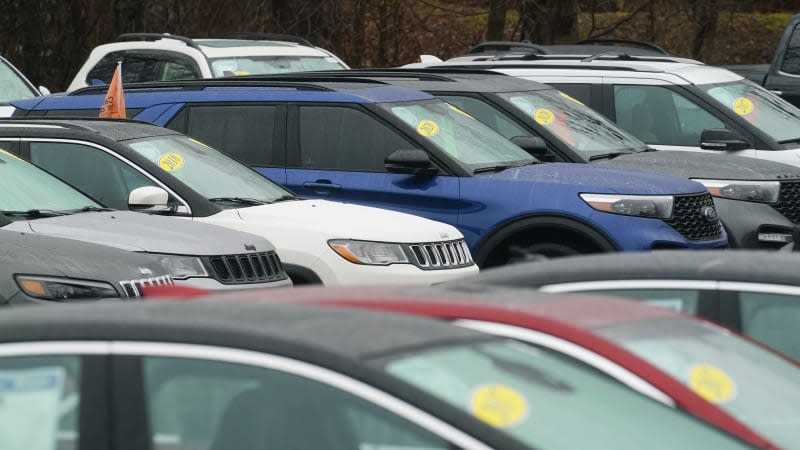iSeeCars sees expensive cars — crunches numbers on the nearly extinct $20,000 used car

A headline is supposed to break some news, but sadly, the title on a recent price survey by vehicle data shop iSeeCars is probably familiar to anyone who's been car shopping: “Used Cars Priced Under $20K Are Vanishing.”
iSeeCars analyzed 10.8 million used-car transactions to arrive at these numbers. Ready to be bummed out? Here goes:
Quantum leap: The average used car’s price has increased a gobsmacking 47.7% since the pandemic. A 1- to 5-year-old used car cost on average $22,493 in 2015. By 2019, that average had grown only by about a grand, to $23,351. You can view that as a baseline to compare what happened next: In the next four-year interval, the price shot up to to $34,491 in 2023.
A lot happened in those four years to explain this, a cascading series of factors involving simple supply and demand: Pent-up demand as we emerged from lockdown, paired with scarcity of new cars because of supply chain problems and chip shortages, drove the average price of new vehicles up 30%, if you could find one at all. So, people needing transportation turned to used cars and drove those prices up even more. And both new and used cars became major drivers of post-pandemic inflation in general. More on that in a moment.
Dwindling affordable choices: Just four years ago, in 2019, half of the used cars on the market, 49.3%, were priced at under $20,000. Now that price point is just 12.4% of the market.
Higher miles: More than half of 1- to 5-year-old cars on the market today across all price points have an average of 20% higher miles on them than they did four years ago. Looking at sub-$20K cars in particular, back then they had an average of 43,541 miles. Now that average is 63,457, an increase of 45.7 percent.
People may have traveled more for recreational reasons during and after the pandemic, but the higher miles are a little strange given there’s been less commuting. People probably hung on to their cars longer.
A vivid example: iSeeCars offers a great example about what has happened to two popular models in particular, the Honda CR-V and the Toyota RAV4. Four years ago, half of those two popular models on the market were priced at under $20,000. Now, just 2% of them are below that threshold, and you can probably imagine the high miles on those particular examples. At the bottom of this post, we’ve attached a chart of what has happened to other popular models.
“Among the pandemic’s many casualties is the affordable used car, which has nearly vanished from the used car marketplace,” said iSeeCars’ Executive Analyst Karl Brauer. It gets worse for those who have even less to spend. “In 2019, used car shoppers with a budget of $15,000 could afford over 20% of the late-model used car market. Today that budget only gets them access to 1.6% of the market.”
Keep in mind that when the dollar is adjusted for inflation, $20,000 in July 2019 is the equivalent of nearly $24,000 today. That’s a 19% increase that you can regard as baseline inflation. In other words, $20 grand doesn’t mean the same thing as it did four years ago, so that’s one reason the number of $20K cars is fewer. But if you apply some Kentucky windage to iSeeCars’ data, it shows that cars costing under $25K today make up 19.5% of the market — still way less than the 49.3% under $20K four years ago. The iSeeCars report contains a chart that shows a seismic shift in market share among the price categories, with cars in categories above $35K seeing increases in market share amounting to hundreds of percent change.

 Yahoo Autos
Yahoo Autos 
